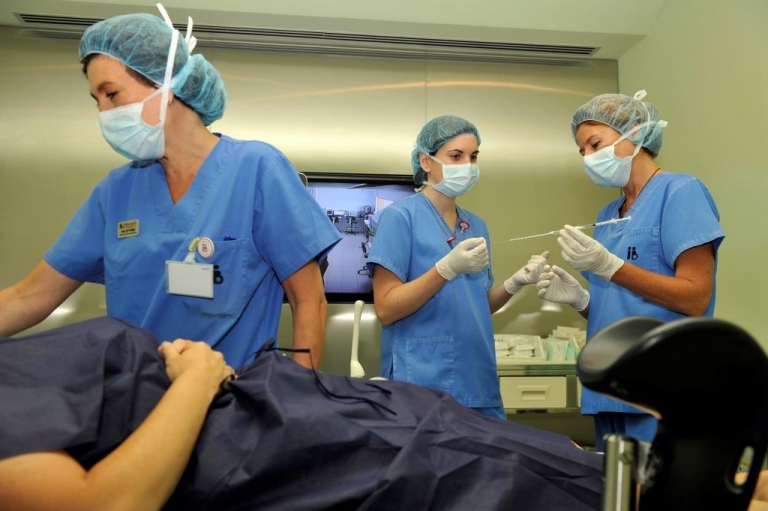
Low ovarian reserve: advance in genetics
Ovarian stimulation is a key step for the success of Assisted Reproductive Technologies. In daily clinical practice, we observe that ovarian response can vary considerably among women. Within this variation, a low responder is defined as a patient from whom three or fewer oocytes are obtained.
This situation affects an increasing number of women every day, and they require specialised attention and the development of individualised protocols. For this reason, at Instituto Bernabéu we have tools dedicated to the diagnosis and specific treatment of these cases from a multidisciplinary approach.
In these patients, recovering one oocyte more or less can make the difference between failure and achieving pregnancy; therefore, any effort aimed at increasing the number of oocytes available is essential.
Importance of the genetic study of ovarian response. IBGEN FIV
At Instituto Bernabeu we have developed a new tool, IBGEN FIV, which analyses, by means of a simple saliva or blood sample, the genetic variants located in the genes of the FSH receptor, the androgen receptor and the ESR1 (SNP and STRs) and AMHR2 genes.
This genotyping, together with other markers, will allow us to identify in a very precise way how a patient will respond before starting treatment. This will make easier to design the most appropriate stimulation protocol for her, applying the gonadotrophins that will favour a better response and allowing the dose to be adjusted according to her genotype.
In addition, it evaluates genetic risk factors related to ovarian reserve, allowing the patient to know in advance possible problems of low ovarian response.
This pharmacogenetic approach makes it possible to individualise and optimise IVF treatments, as well as to provide information to the patient about the reason for her low response or the risk of future response.
Azahara Turienzo, biologist at IBBIOTECH, part of the Instituto Bernabeu group.
